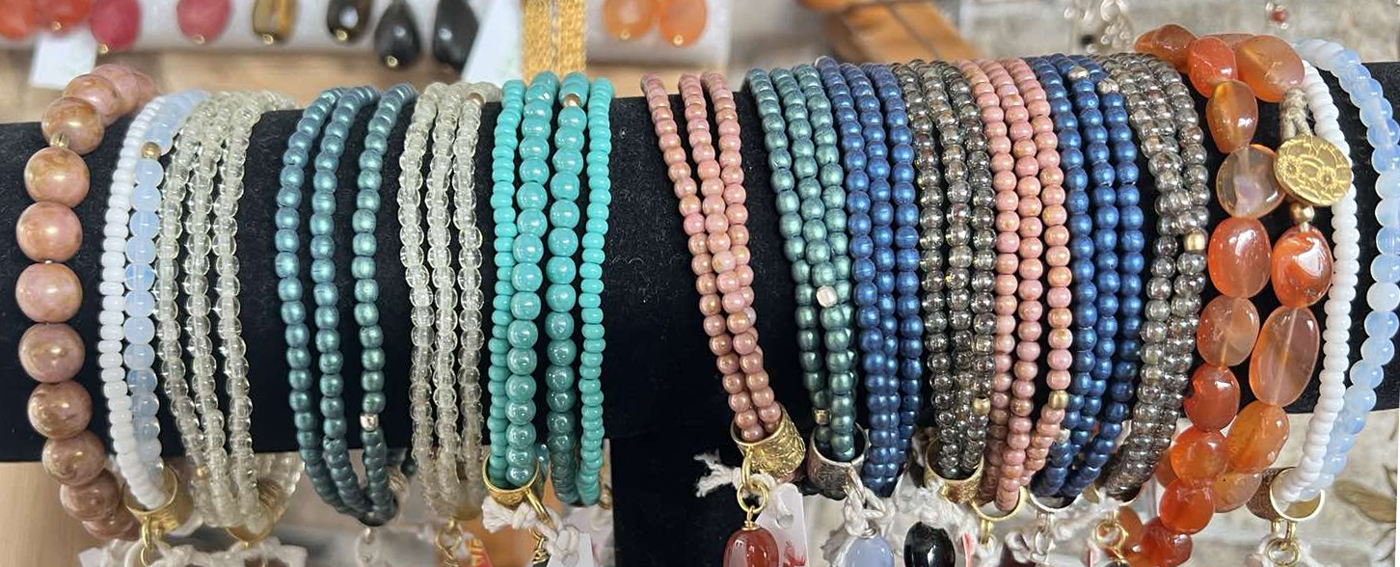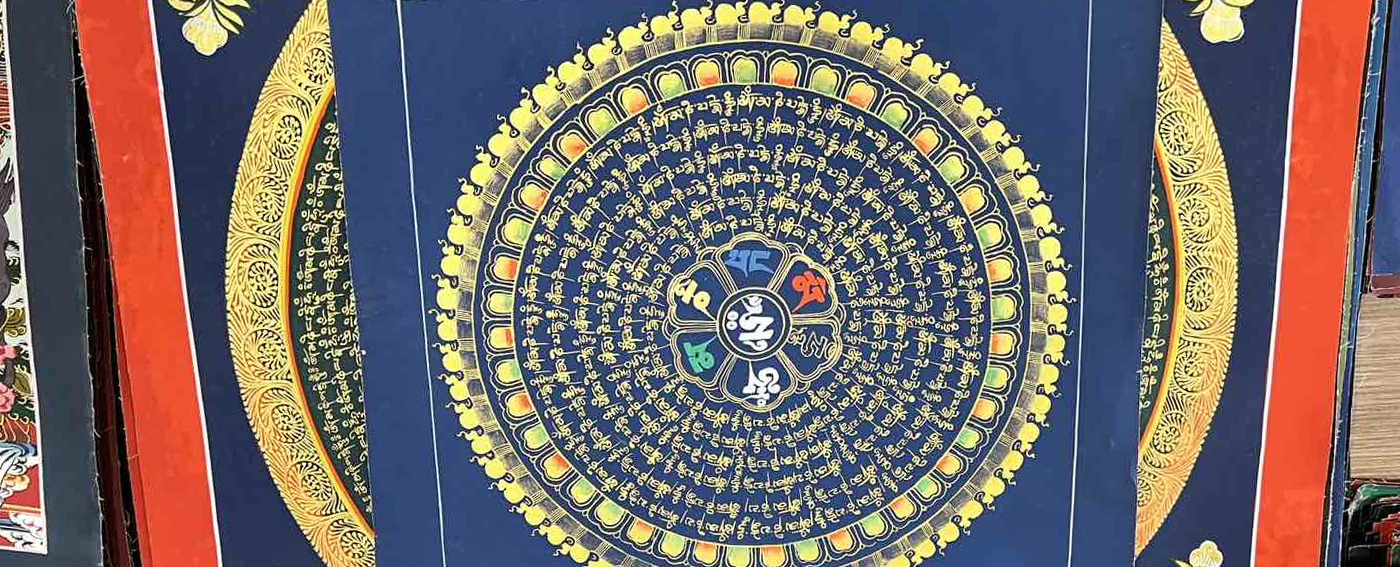The Artistry of Handmade Paper: A Journey from Tradition to Timeless Craftsmanship
he captivating tale of handmade paper’s genesis in Nepal unfurls like an ancient scroll, woven through time by the hands of Tibetan travelers who ventured into this enchanting realm. These pilgrims brought with them not just their stories, but also a venerable tradition, sowing the seeds of one of Nepal’s oldest and most treasured handicrafts.
An Ode to Sustainability: Unveiling the Craftsmanship
The process of crafting this cherished paper art is akin to an alchemical dance. With care and dedication, waste paper is lovingly repurposed, transformed through an intricate and time-intensive technique. This meticulous approach, though arduous, honors both the craft and the environment, resonating with the symphony of sustainable living that defines Nepalese culture.
A Touch of Timelessness: The Unique Texture of Handmade Paper
The allure of handmade paper rests not merely in its creation, but in its very essence. A tactile wonder, it beckons with a unique texture that stands as a testament to its authenticity. This textured canvas becomes a sanctuary for natural ink, embracing its pigments with an enduring embrace. The result is a parchment where words etch themselves upon the fibers, destined to linger, a living tribute to the art of preservation.
From Quill to Gift: Versatile Artistry of Handmade Paper
Handmade paper’s journey spans far beyond the realm of mere writing. It blossoms into an irreplaceable tool for expression, a reliable companion for ink and ideas. Yet, its versatility paints a broader canvas, adorning itself as exquisite gift wrappings, calendars that count the rhythm of time, and more.
A Kaleidoscope of Creation: Handmade Paper’s Artistic Resonance
In the bustling heart of Nepal, numerous art sanctuaries stand as stewards of this legacy. Delightful treasures await, from enchanting paper paintings that illuminate walls to Lokta paper notebooks that cradle thoughts, dreams, and sketches. These sanctuaries also house paper sheets, each a blank canvas brimming with potential. Light dances through lampshades, casting a warm glow that celebrates the interplay of tradition and modernity. Even heartfelt sentiments find solace upon greetings cards, each stroke a tribute to the harmonious synergy between artisanal skill and artistic vision.
In every brushstroke, in each quill’s flourish, the story of handmade paper intertwines with the essence of Nepal. It echoes the past, embraces the present, and extends an invitation to future generations, beckoning them to weave their stories upon its enduring fibers.


